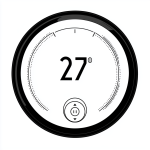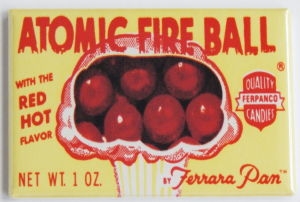by Dennis Crouch
In a significant decision, the Federal Circuit has established a more rigorous test for determining when a published patent application claiming priority to a provisional application can be considered prior art as of its provisional filing date. In re Riggs, Case No. 2022-1945 (Fed. Cir. Mar. 24, 2025). The case is decided under pre-AIA 102(e), and so it is not entirely clear whether the same law applies post-AIA.
The basic idea behind 102(e)/102(a)(2) is intuitive — the earlier-filed application should be given priority over the later-filed application. But, the actual doctrine has always been controversial because it creates what I call “secret springing prior art.” When an application is filed but not yet published, it exists as a confidential document at the USPTO that no competitor can access. When that application eventually publishes (typically 18 months after filing), it suddenly becomes prior art — backdated to its original filing date. This creates a situation where inventors might develop what they believe is novel technology, only to have an earlier-filed but later-published application “spring forth” as invalidating prior art.
Riggs focuses on reaching back even further – to the provisional application filing date. The key holding (more…)








